

DRAG DROP -
You develop a reusable workflow on a development site by using SharePoint Designer.
The workflow must be made available to a test site on a different SharePoint environment.
You need to deploy and start the workflow on the test site by using Microsoft Visual Studio 2012.
Which three actions should you perform in sequence? (To answer, move the appropriate actions from the list of actions to the answer area and arrange them in the correct order.)
Select and Place: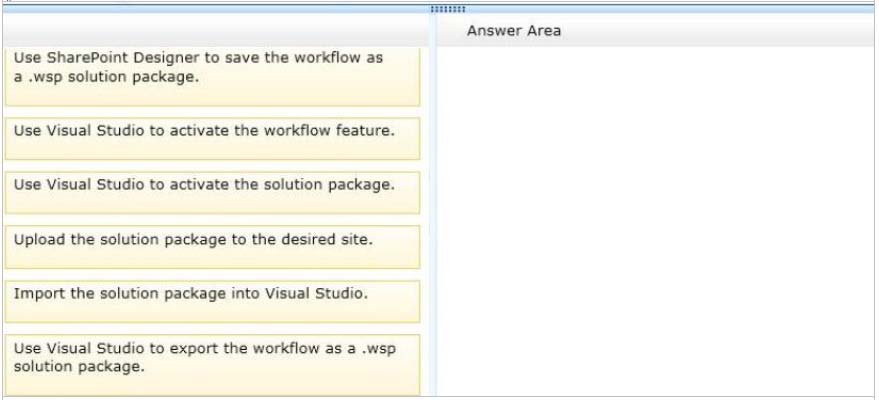
Correct Answer:
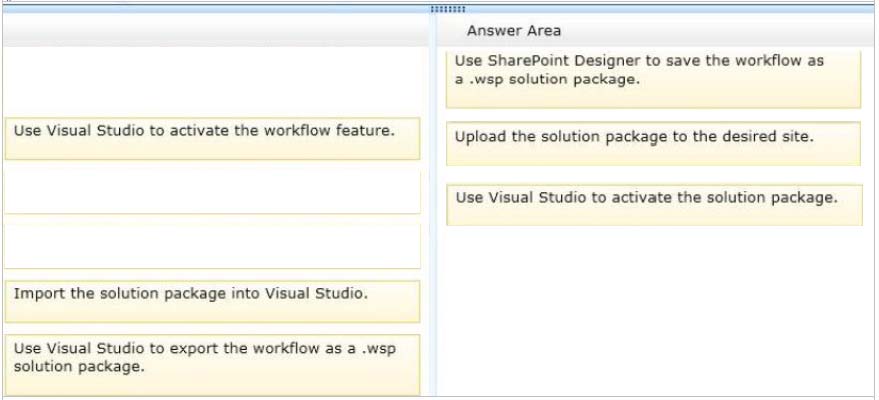
Note:
Box 1 (SharePoint Designer): Use SharePoint Designer to save the workflow as a .wsp solution package.
Visual Studio allows you to import reusable workflows created in SharePoint Designer and convert them to code workflows for use in your SharePoint sites.
Box 2(Visual Studio): Upload the solution package to the desired site.
Box 3(Visual Studio): Use Visual Studio to Active the solution package.
After a solution package (.wsp) file is uploaded and activated on the target website (that is, the SharePoint site collection), the features that are contained in the package are installed and available for activation.
Note 2:
Steps:
1. Creating a simple, reusable workflow in SharePoint Designer.
2. Exporting the SharePoint Designer reusable workflow to a .wsp file and into SharePoint.
3. Importing the .wsp file into Visual Studio by using the Import Reusable Workflow project.
4. Altering the workflow by adding code.
5. Using the imported workflow in a SharePoint site.
* When you create a declarative workflow in Microsoft SharePoint Designer 2010, you can save the workflow as a template in a SharePoint solution package
(.wsp) file. In some circumstances, you may need to import your workflow template into the Microsoft Visual Studio 2010 development system, and repackage it as a Visual Studio projectfor example, if you want to create a solution package that contains both a declarative workflow and custom-coded workflow activities.
* Visual Studio SharePoint workflow projects deploy just like other Visual Studio SharePoint projects.
Reference: How to: Build and deploy workflow custom actions; Walkthrough: Import a SharePoint Designer Reusable Workflow into Visual Studio.
HOTSPOT -
A company's IT department implements a Help Desk Ticketing system that involves workflow development by using SharePoint Designer and InfoPath. The Help
Desk Ticket workflow involves multiple steps and tasks that have serial approvals of multiple users and groups with custom task email messages.
The Approver accidently rejects a workflow step, and the workflow has stopped. The Approver then corrects the step.
You need to continue the workflow to reflect the updated approval.
Which activity should you use? (To answer, select the appropriate action from the list of actions in the answer area.)
Hot Area: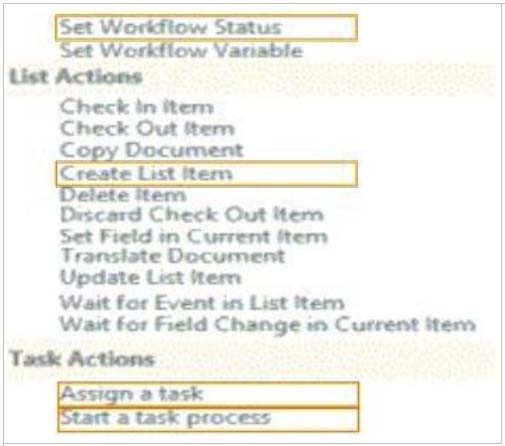
Correct Answer:
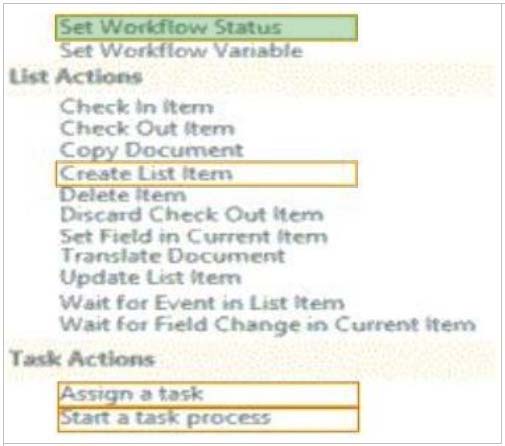
* Set Workflow Status
There is an action to Set Workflow Status under Core Actions, in both SharePoint 2013 Workflow platform and SharePoint 2010 Workflow platform.
Reference: How to set Approval Status to approve\reject after approve\reject the request in SharePoint Online 2013 Designer Workflow?
You develop a SharePoint app to create an approval workflow for expense reports. The app must collect user input before starting the workflow.
You need to use ASP.NET forms in the workflow.
Which form type should you use?
Correct Answer:
B
🗳️
You may want your workflow to collect information from the person who starts it, and then reference this information later in the workflow. For example, imagine that you are designing a workflow that assigns a document review task. In some workflows of this kind, it might make sense to always automatically assign the review task to the same participant and to always use the same formula for calculating the due date. But in your workflow, you want the person who manually starts the workflow to specify both the reviewer and the due date. You can set this up by adding custom fields to the workflow initiation form and requiring that the workflow be started manually.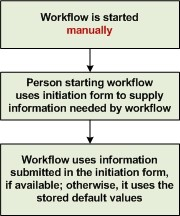
Reference: Create a workflow initiation form
You plan to create a workflow design by using Microsoft Visio 2013 and then import the design into SharePoint Designer 2013.
You need to ensure that you have repetition capability.
Which shape should you use?
Correct Answer:
D
🗳️
Loop shapes -
Loops are a series of connected shapes that will execute as a loop, returning from the last shape in the series to the first, until a condition is satisfied.
Note: Workflows in SharePoint Designer 2013 now include the notions of stages, loops, and steps. The SharePoint 2013 Workflow template that is included in
Visio 2013 also uses stages, loops, and steps as logical building blocks for creating a workflow
Reference: Workflow development in SharePoint Designer 2013 and Visio 2013